
LOADING


On April 5, the crowd at PNC Park cheered Jalapeño Hannah, Cheese Chester, Sauerkraut Saul, Oliver Onion and Bacon Burt as they charged 280 yards in the first Great Pierogy Race of the 2024 Pittsburgh Pirates season.
Our beloved, costumed pierogies, running now for their 25th season, are among competitive sports' greatest non-mascot icons. They also represent a key component in the delicious culinary history of Pittsburgh, one which we benefit deeply from today: dumplings.
We’re going to show you how much Pittsburgh loves dumplings in a six-part, biweekly series exploring the delectable reach they have in Western Pennsylvania. We’ll take you through our historical connections to these stuffed delights and point you to where you can eat them today. We’ll have recipes for the home kitchen. We’re calling it the Pittsburgh Dumpling Project.
“Dumplings, with a long history dating back to the Tang Dynasty thousands of years ago, have not been forgotten by the river of time. Instead, they have become one of the most important delicacies in people's hearts,” writes Fenping Geng, co-owner of Amazing Dumplings in Squirrel Hill, in an email.
There is anthropological evidence that people have been stuffing food inside dough and boiling it since the technology of stone grinders and innovations in farming techniques allowed for the easier processing of wheat more than two thousand years ago. The precise origins of dumplings are unknown, but it’s likely something similar to what we’d recognize as a dumpling today was developed in far northwestern China or eastern Mongolia.
Driven by trade routes, particularly the ancient Silk Road, and the conquest of the Mongol Empire, dumplings became an essential part of cuisine from the far reaches of Asia to the southern tips of Europe.
“When the Mongol Empire went into decline, much of their cultural legacy was left behind to grow into its own. Thus was the case with dumplings,” the culinary historian Rachel Laudan notes in her book “Cuisine & Empire.”
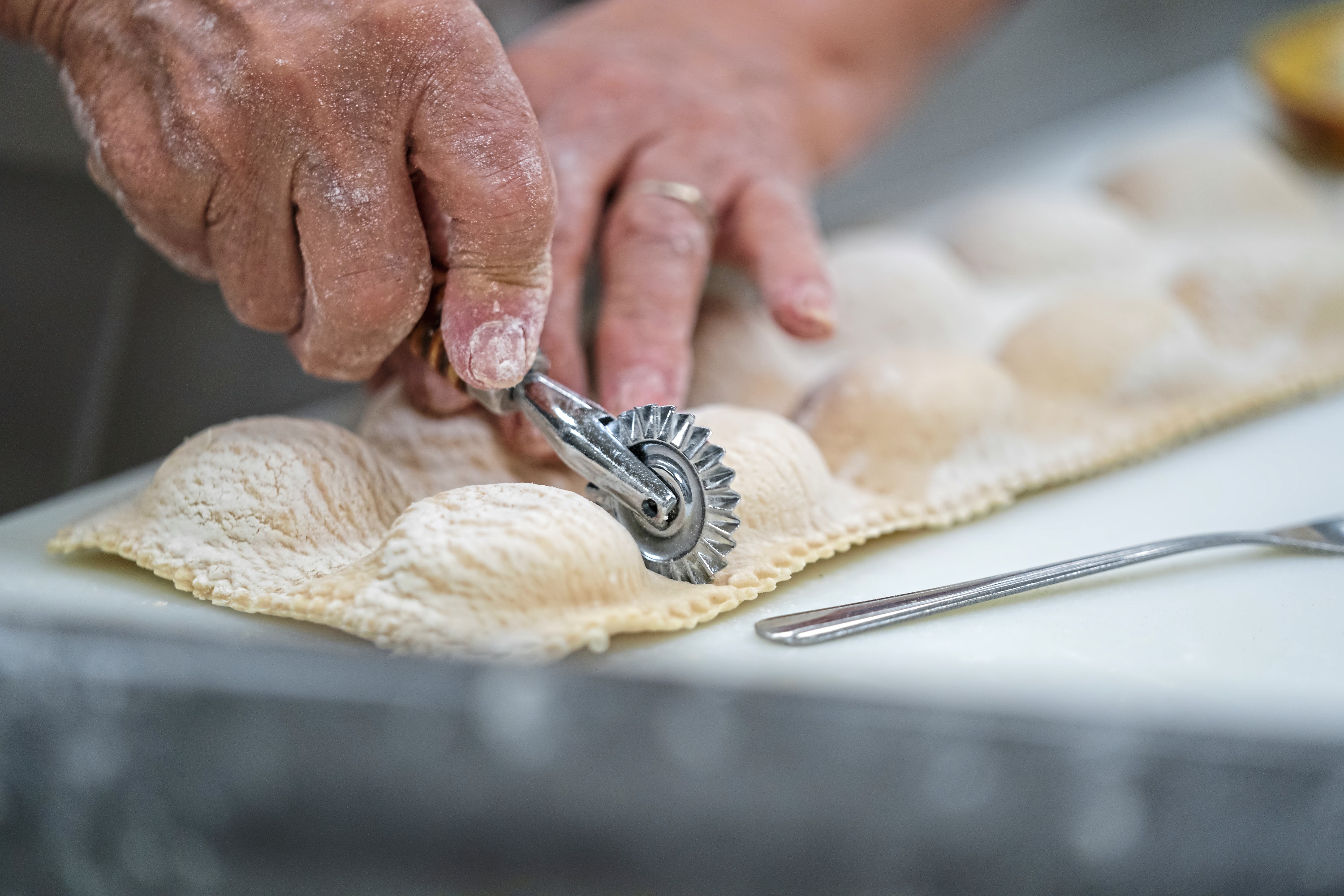
“Although Pittsburgh may be smaller than other major cities, it's like a sparrow — small but complete, boasting a diverse array of restaurants and a rich culinary scene,” writes Geng.
In the era of the Great Migration, Eastern European workers shared the delightful carb-on-carb union of potato-filled pierogi with Pittsburgh. Garnished with caramelized onions and butter, they sparked joy in church basements and social halls for a generation before being woven into the fabric of the city.
Early Italian immigrants brought ravioli, its wrappers bolstered with eggs. We crave them filled with creamy ricotta and served in rich tomato sauce, or stuffed with spinach and drenched with sage and butter.


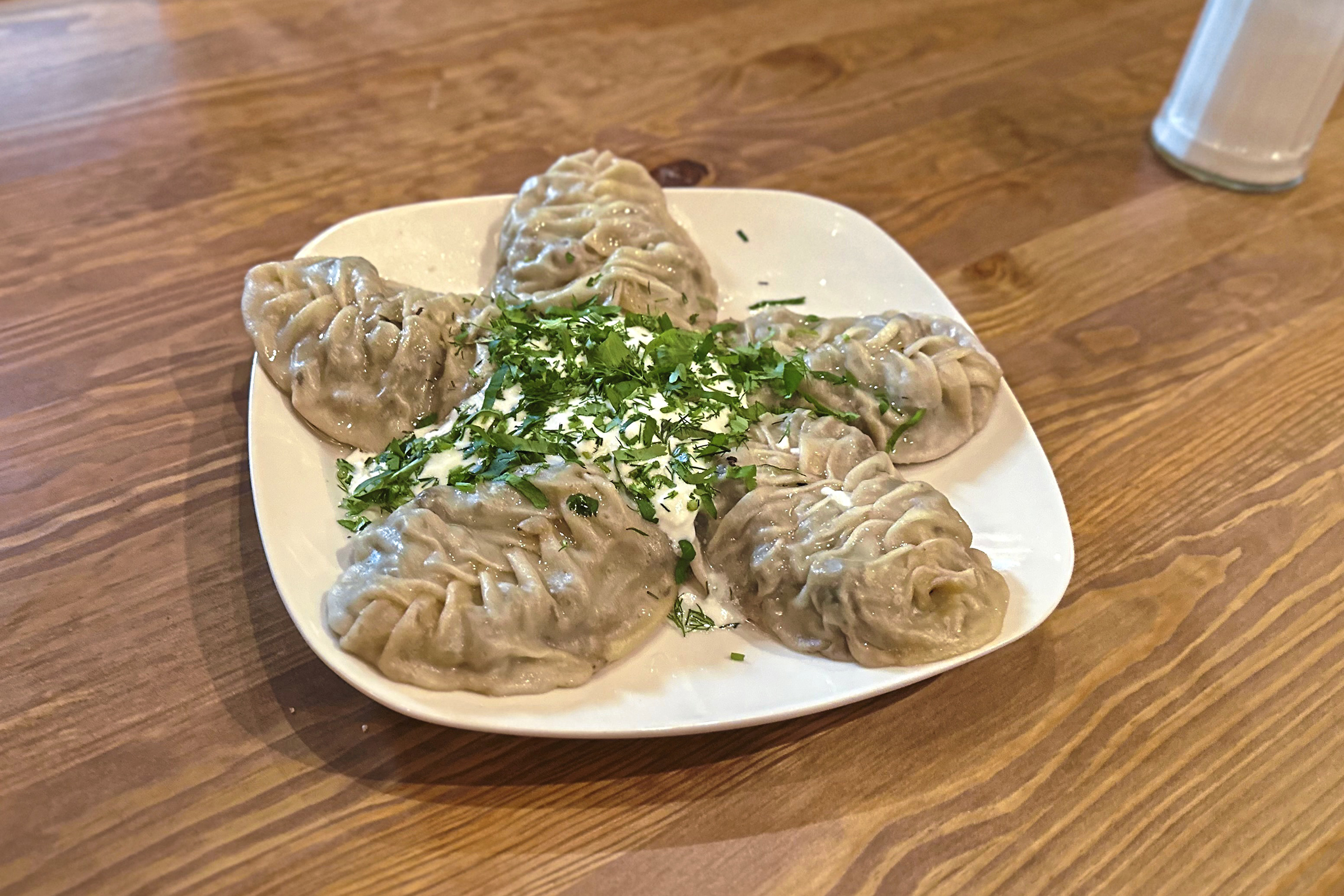
A century ago, Pittsburgh’s Chinese community introduced us to the joys of wonton soup. The country’s current cadre of chefs serve juicy xiao long bao emboldened by black vinegar and wickedly delightful traditional-meets-trendy jiaozi.
A recent wave of immigrants from Uzbekistan is bolstering the reach of fist-sized manti filled with chopped lamb and potent pearls of flavor in pelmeni, both accompanied by a thick dollop of yogurt and dill.
As the panoply of those traditions continues to flourish, Pittsburgh is now seeing a new generation of dumpling makers fuse classics with new ideas.
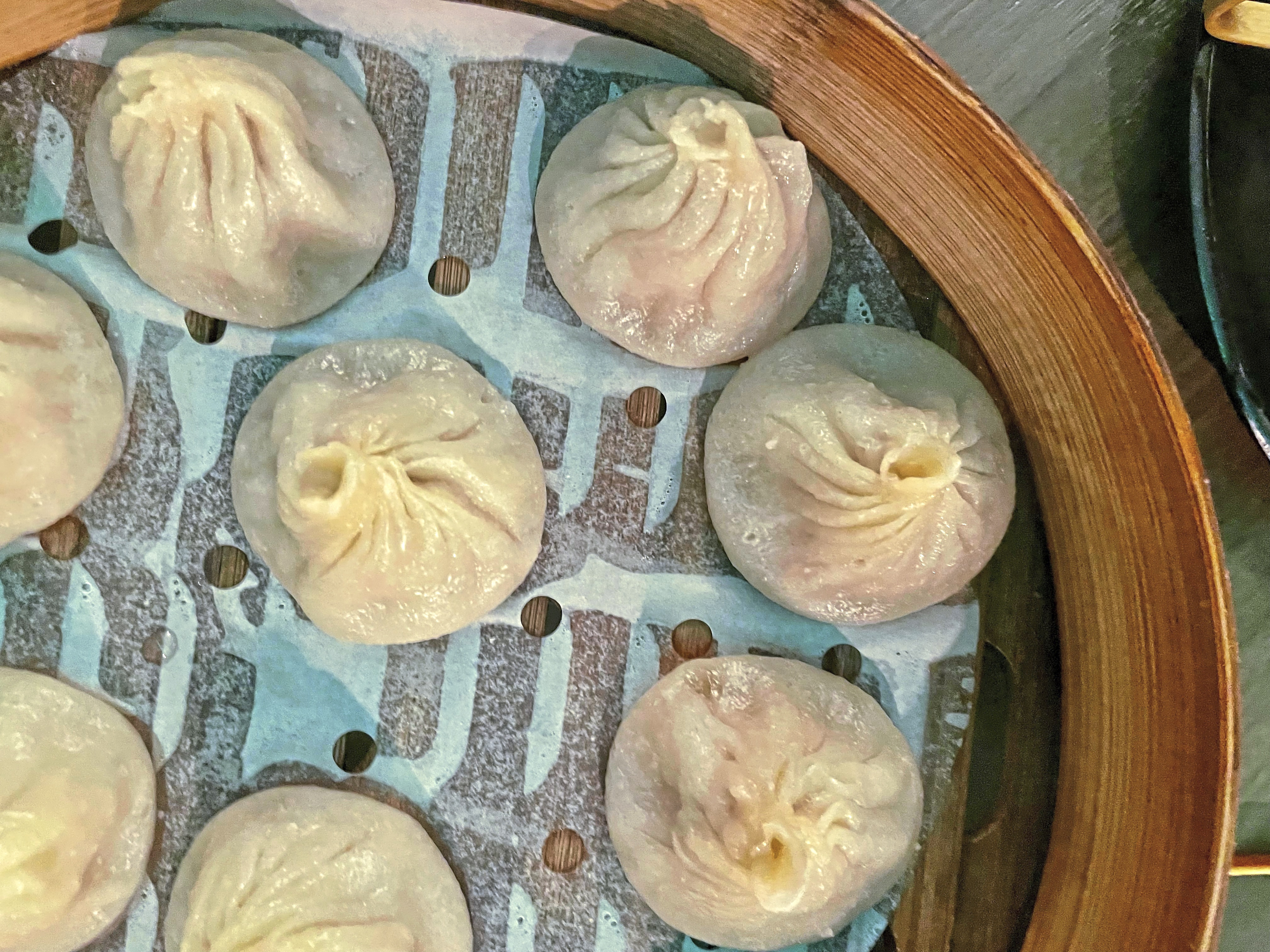
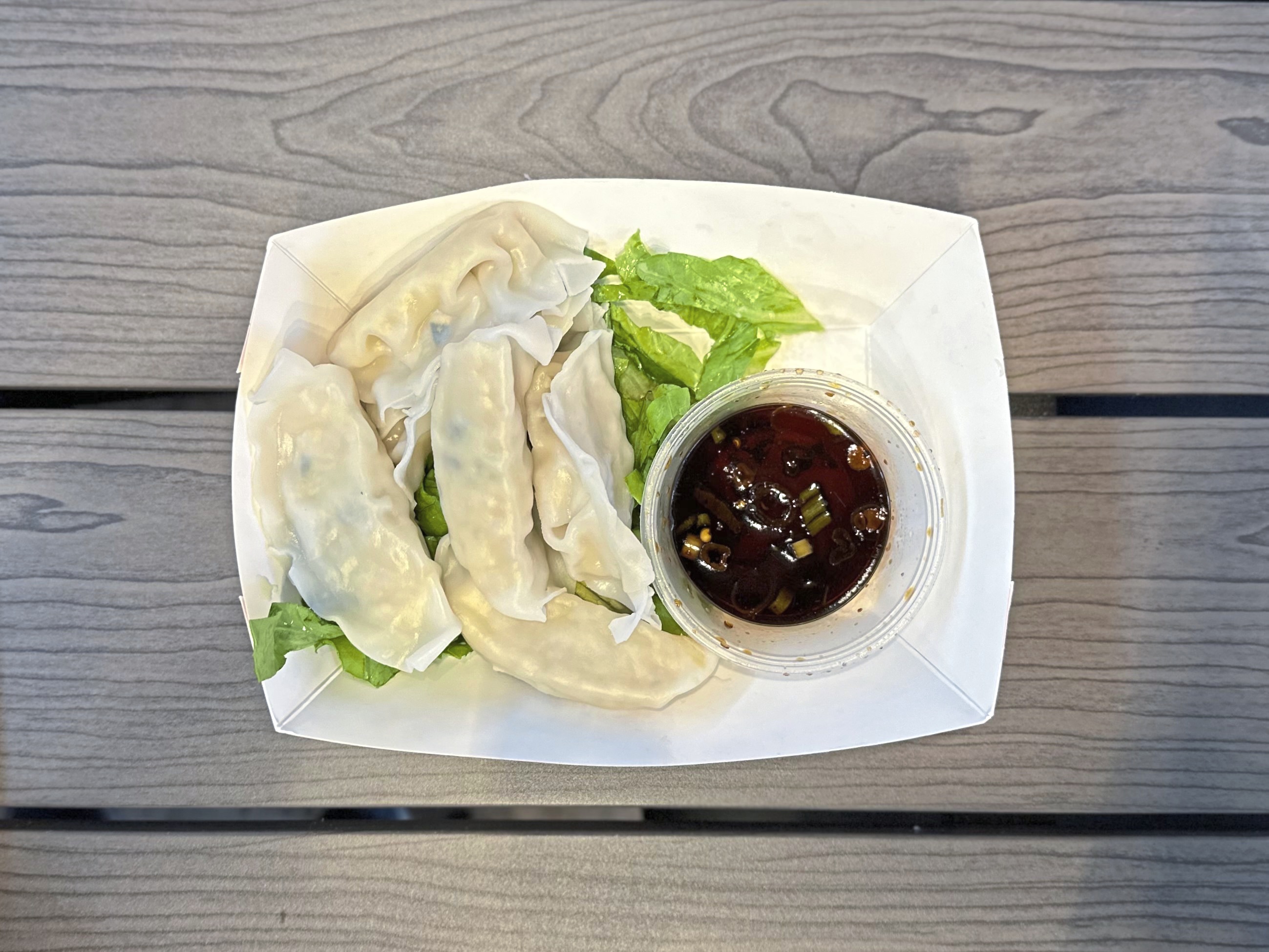

“I’ve always made dumplings. Now, I like to bring a lot of the traditions that I grew up with and the recipes of people I grew up around into my dumplings,” says Eric J. White Jr., owner of PGH Dumplingz, a pop-up and wholesale business based in the Catapult Greater Pittsburgh commercial kitchen in Bellevue.
White grew up in the Hill District and Sheraden, and integrates the flavors of his childhood into his creations. A pop-up might have a menu with soup dumplings based on his grandmother’s black-eyed peas recipe, alongside jerk chicken with sauce from Leon’s Caribbean Restaurant and pork with roasted leeks hearkening back to his time as an executive chef with the restaurant chain P.F. Chang’s.

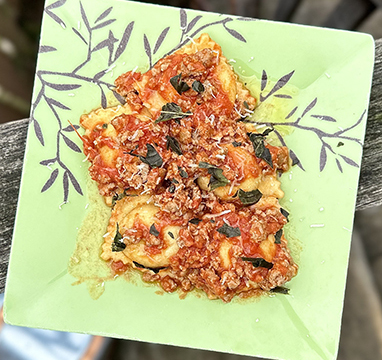
“I try to come up with dumplings that help other businesses, pay homage to what’s not around any more and come up with new ideas,” White says.
White recalls one of his favorite childhood memories and how it might inspire a new filling: getting chicken wings from a takeout Chinese restaurant near Market Square where the Fairmont Pittsburgh now stands.
“I remember those wings to this day. They gave it to you in those translucent bags that egg rolls came in. I try to do stuff that brings me back to those moments,” he says.

For the Pittsburgh Dumpling Project, we are going to stick to a definition that a dumpling consists of a simple starch wrapper (typically wheat or rice) stuffed, generally, with savory ingredients.
Dumplings should be boiled or steamed to give the skins their characteristic gelatinized texture, but can be finished with a crispy pan fry. They are typically eaten in one or two bites, though there are some exceptions to that rule.
Alas, drop dumplings, such as matzo balls, baozi and other stuffed buns, as well as hand pies like empanadas, must wait for another series.

Our dumping project begins on April 11 with China, where dumplings in Pittsburgh have the most culinary diversity. This and every installment will include a recipe, with plenty of help to try making that type of dumpling at home. From there:
On April 25, we’ll delve into the dumplings of Japan, Korea, Thailand and Vietnam.
On May 9, it’s up to the Himalayas to enjoy preparations of momo, driven by an influx of Bhutanese refugees from Nepal over the past 15 years.
We’ll learn about the vast array of dumplings from Uzbekistan, Afghanistan and Turkey available in Pittsburgh on May 23.
Then, we’re off to Italy on June 6 to eat the dumplings with, perhaps, the longest history in Pittsburgh.
The Pittsburgh Dumpling Project wraps up on June 20 with … you know it … the beloved pierogi.
Maybe, once it’s all done, we’ll have a race.
Hal B. Klein: hklein@post-gazette.com, X @halbklein and IG @halbklein.
Advertisement
Advertisement